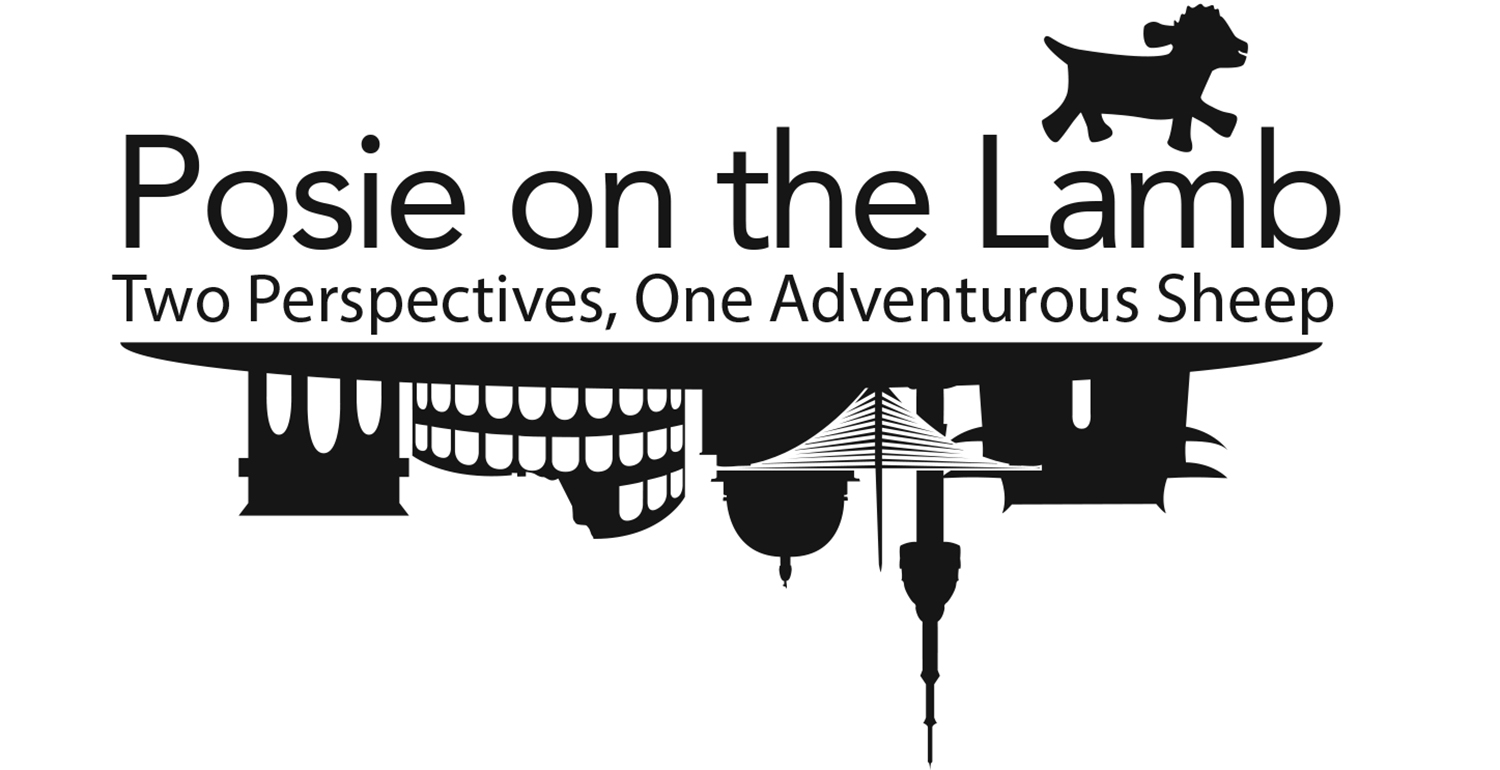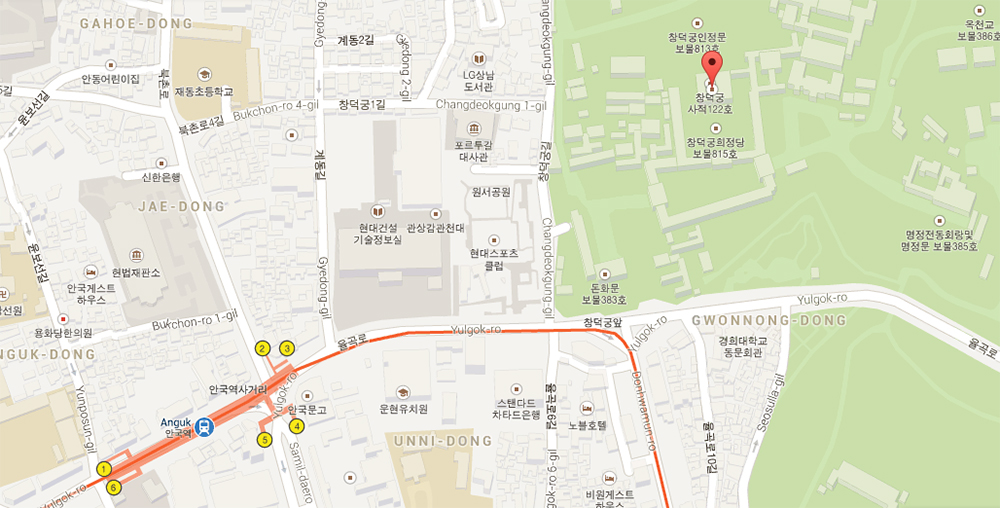Changdeokgung

Ancient Korean palaces aren't really my thing. They’re pretty, but if you’ve seen one, you’ve seen them all: red-brown pillars, green trim, tile roofs, shadeless square courtyards. There’s only so long I want to stand under an unmitigated sun looking at closed lattice doors.
And then we went to Changdeokgung.
…which has red-brown pillars and green lattice and tile. Yeah, it’s the same. What’s different is that I loved it.
Changdeokgung was built in the 1400s, just like the other palaces in Seoul. Which is why they all look the same. They were also all destroyed during the Japanese invasions of the late 16th century. Changdeokgung was the first one restored, so it became the king’s primary residence from that point onward.
Perhaps that’s why I liked Changdeokgung. It felt lived in. The other palaces seem like enormous, empty movie sets. Changdeokgung is more like a large, rambling home. Part of this is it’s (relative) coziness. The buildings are closely spaced and relatively small. There are narrow alleyways, endless doors and corners, little stairs; it feels like the next archway might lead to Narnia. Mixed in with the hanji paper and wood are thick glass windows and antique light fixtures. (Changdeokgung was wired for electricity in 1908, just in time for the Japanese to show up again.)
But Changdeokgung’s best feature is the Secret Garden.
The garden is not, nor was it ever, much of a secret. It would be better named the Rather Exclusive Garden. Back in the Joseon dynasty, you needed either royal blood or a direct invitation to enter. Now you pay $5 at the ticket window. But since “secret garden” sounds romantic and alluring, especially to visitors who grew up reading Frances Hodgson Burnett, it goes on all the advertising.
At other palaces, it’s difficult to take a picture without a sky scraper in the background. That’s the inescapable juxtaposition of modern and ancient in Korea. But the minute we went through the garden gate at Changdeokgung, we were in a forest. Joseon kings went in for the laissez-faire method of gardening—things were largely allowed to grow as they liked. So the garden is full of tall old trees, which blot out all views of the modern city surrounding it.
It wasn’t until we were surrounded by uncultivated forest that we realized how rare it was. In Korea, every scrap of land is utilized. People plant gardens in the strips of dirt between sidewalks and parking lots. In the country, flat land is all field. Mountainsides are shaved to accommodate tombs and orchards. And even if you go hiking up an untamed mountain, someone, somewhere will be blasting a radio. While we’ve never felt particularly crowded (except in the Shinsaegae food court), it was unsettling to suddenly be in more or less an empty nature preserve.
As we continued on, we came across rectangular pools and traditional, winged-roofed buildings. Some of them were large, and had been used as libraries or banquet halls. Others were tiny gazebos, just big enough to sit and contemplate the view.
You can only visit the garden on one of the palace’s guided tours. We don't usually like tours, but in this context it was great. Korean historical sites don’t usually have information boards to tell you what you're looking at. Had we walked through alone, it would have only been a beautiful garden. Going with a tour guide gave us context. She identified the purpose of each building and talked about what life was like for the Joseon kings and queens. She also pointed out ancient mulberry trees, which were used to feed silkworms and produce traditional hanji paper. And she gave us lots of time to stroll and take pictures.
I’d go to Changdeokgung again. In fact, I plan on it. And from me that's a major endorsement.
-Erin
Getting to Changdeokgung:
Take the subway to Anguk Station (exit 3) or Jongno 3-ga (exit 6), and go straight out the exits. It's only a short walk. If you're feeling palacey, the other three are quite close. Gyeongbokgung is the largest, though Deoksugung has a hwacha on display. Changgyeonggung is the only palace we haven't visited, though it was apparently built to house concubines so there's probably some good history there.
Changdeokgung is also within easy walking distance of the folk art and souvenir shops of Insadong and the Jogyesa Buddhist temple.









